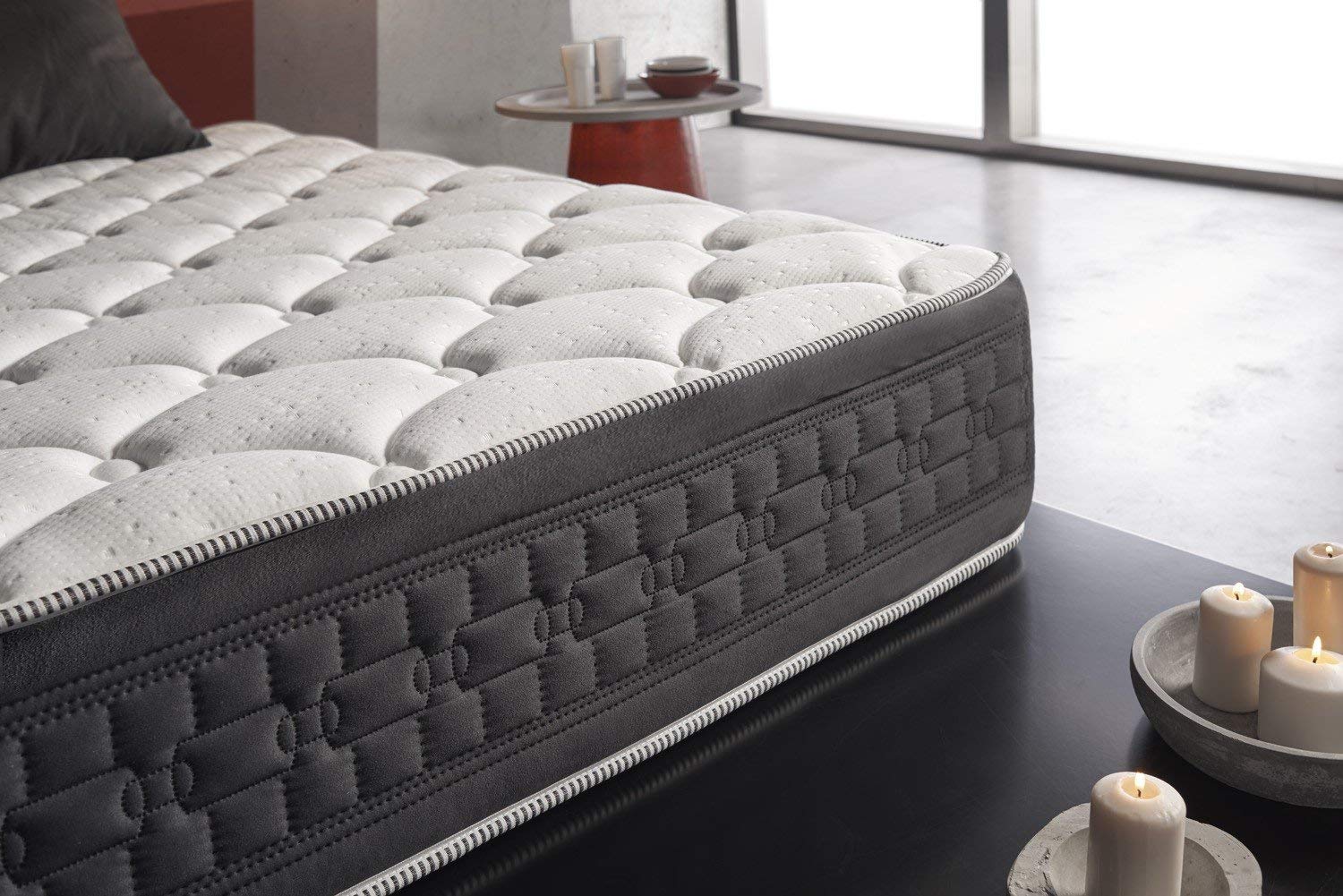When it comes to choosing the right color for a smaller living room, neutral colors are always a safe and smart choice. These colors create a sense of balance and harmony in a space, making it feel more open and spacious. They also serve as a great base for adding pops of color through decorations and accessories. Some great neutral colors to consider for your smaller living room include beige, light gray, and soft tones like off-white and cream. These colors are versatile and can easily complement any design style, whether it's modern, traditional, or eclectic. Using neutral colors in your living room also allows you to play around with different textures and patterns without overwhelming the space. You can mix and match different fabrics and materials to add depth and interest to the room without it feeling cluttered.Neutral Colors
Light shades are another excellent option for smaller living rooms as they reflect natural light and create an illusion of a larger space. Light colors also have a calming effect, making the room feel more relaxing and inviting. Some popular light shades for smaller living rooms include pale blue, soft green, and light yellow. These colors are perfect for creating a serene and airy atmosphere, ideal for a cozy living room. You can also mix and match these light shades with darker accents to add contrast and depth to the room.Light Shades
If you want to add a touch of color to your living room, but don't want anything too bold or overwhelming, soft tones are the way to go. These colors are muted and subtle, creating a gentle and soothing ambiance in the room. Pastel hues like blush pink, baby blue, and lavender are perfect for creating a feminine and delicate look in your living room. Soft grays and greens also work well for a more gender-neutral approach. These colors are also great for reflecting light and making the room feel more spacious.Soft Tones
Pastel hues are a popular choice for smaller living rooms because they add a splash of color without being too overpowering. These colors are light and airy, making the room feel more open and inviting. Pastel hues come in a variety of shades, from soft pinks and blues to mint greens and buttery yellows. You can choose one color as your main accent or mix and match different pastel hues for a playful and whimsical look.Pastel Hues
Warm neutrals add a touch of coziness and warmth to a smaller living room, making it feel more inviting and comfortable. These colors have a hint of red, orange, or yellow undertones, giving the room a sense of intimacy and warmth. Some great warm neutral colors for a smaller living room include shades of tan, taupe, and warm beige. These colors work well with natural materials like wood and leather, creating a warm and inviting atmosphere. You can also use warm neutrals as a base and add pops of color through pillows, throws, and artwork.Warm Neutrals
Cool tones are perfect for creating a calm and serene environment in a smaller living room. These colors have a blue or green undertone, creating a sense of tranquility and relaxation in the space. Some popular cool tones for smaller living rooms include shades of light blue, soft green, and lavender. These colors are perfect for creating a peaceful and serene atmosphere, making the room feel more spacious and airy.Cool Tones
Light gray is a versatile and timeless color that works well in any living room, big or small. This color can serve as a neutral base or a statement color, depending on how you use it. Light gray walls can make a smaller living room feel more open and spacious, especially when paired with white or other light-colored furniture. You can also use gray as an accent color through pillows, curtains, or a statement piece of furniture.Light Gray
Beige is a classic and elegant color that works well in smaller living rooms. This color adds warmth and sophistication to a space, making it feel more inviting and comfortable. Beige walls create a warm and neutral base, allowing you to play around with other colors and textures in the room. You can also use beige as an accent color through furniture, rugs, or artwork.Beige
Pale blue is a calming and serene color that works well in smaller living rooms. This color reflects light and creates an illusion of a larger space, making it feel more open and airy. Pale blue walls can also serve as a great backdrop for other colors and patterns. You can add pops of warmer colors like orange or yellow to create a more vibrant and energetic look in the room.Pale Blue
Soft green is a refreshing and natural color that works well in smaller living rooms. This color has a calming effect and can make the room feel more inviting and tranquil. Soft green walls can be paired with warm neutrals like beige or light wood furniture to create a serene and earthy atmosphere. You can also add pops of darker green through plants and other natural elements to add depth and texture to the room.Soft Green
Choosing the Right Color for a Smaller Living Room
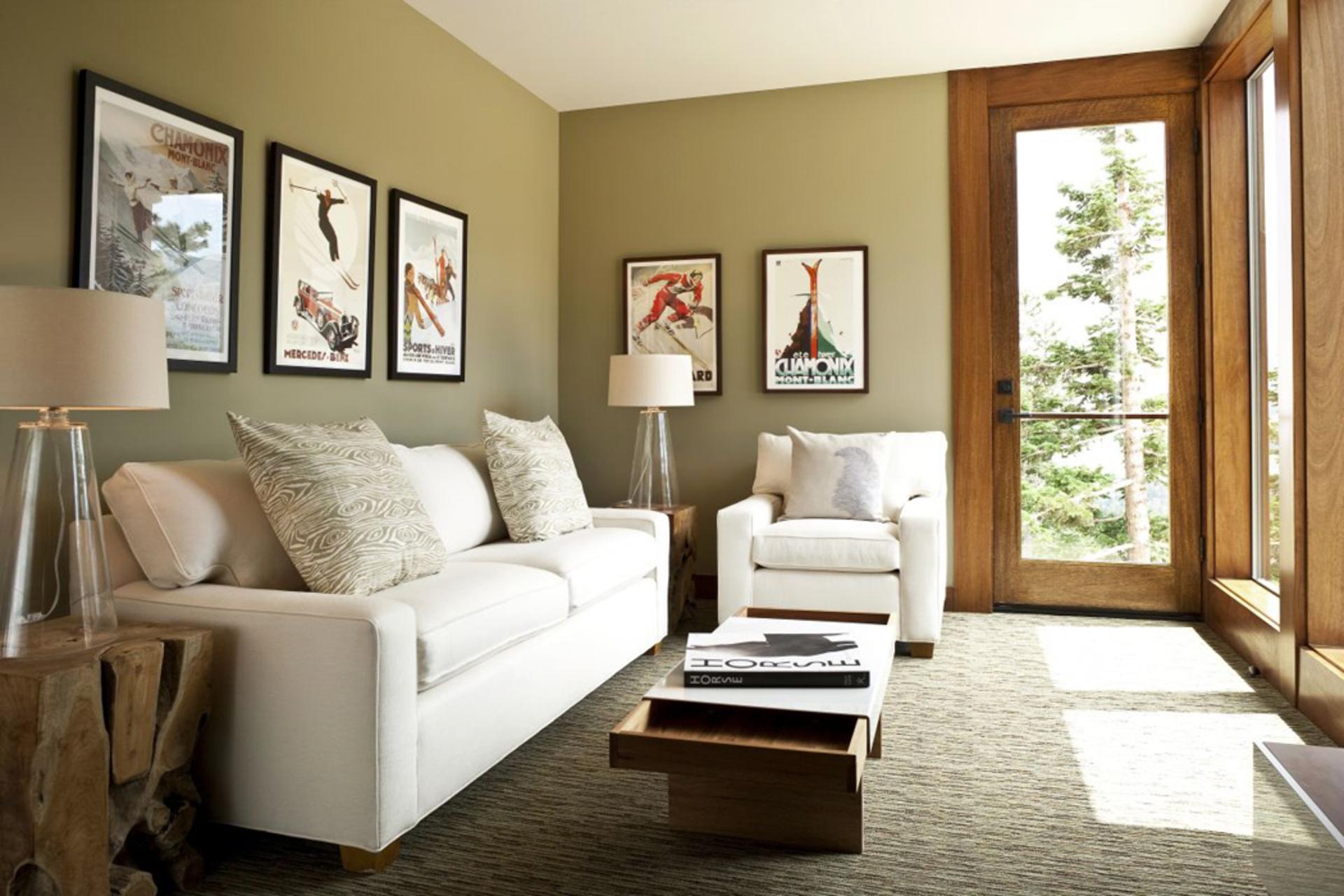
Creating the Illusion of Space
 A smaller living room can feel cramped and claustrophobic if not designed properly. One of the most effective ways to make a smaller living room appear larger is through the use of color.
Choosing the right color for your walls, furniture, and decor can make all the difference in creating a spacious and inviting atmosphere.
Here are some tips for finding the perfect color for your smaller living room.
A smaller living room can feel cramped and claustrophobic if not designed properly. One of the most effective ways to make a smaller living room appear larger is through the use of color.
Choosing the right color for your walls, furniture, and decor can make all the difference in creating a spacious and inviting atmosphere.
Here are some tips for finding the perfect color for your smaller living room.
Light and Bright Colors
 When it comes to creating the illusion of space, light and bright colors are your best bet.
These colors reflect light and make a room feel more open and airy.
Opt for shades of white, cream, and pastel colors for your walls. You can also incorporate pops of bright colors through accent pieces such as throw pillows, rugs, or artwork.
By keeping the walls light and bright, you can create a blank canvas that allows the room to feel larger and more spacious.
When it comes to creating the illusion of space, light and bright colors are your best bet.
These colors reflect light and make a room feel more open and airy.
Opt for shades of white, cream, and pastel colors for your walls. You can also incorporate pops of bright colors through accent pieces such as throw pillows, rugs, or artwork.
By keeping the walls light and bright, you can create a blank canvas that allows the room to feel larger and more spacious.
Monochromatic Color Scheme
 Another way to add depth and dimension to a smaller living room is through a monochromatic color scheme.
Using different shades of the same color can create a cohesive and visually appealing space while still keeping it light and bright.
For example, if you choose a light gray for your walls, you can incorporate darker shades of gray through furniture and decor. This will add visual interest without overwhelming the space.
Another way to add depth and dimension to a smaller living room is through a monochromatic color scheme.
Using different shades of the same color can create a cohesive and visually appealing space while still keeping it light and bright.
For example, if you choose a light gray for your walls, you can incorporate darker shades of gray through furniture and decor. This will add visual interest without overwhelming the space.
Stay Away from Dark Colors
 While dark colors may add drama and sophistication to a larger living room, they can have the opposite effect in a smaller space.
Dark colors absorb light and can make a room feel closed in and smaller.
Avoid using dark colors for your walls or large furniture pieces. If you do want to incorporate darker colors, use them sparingly in small accent pieces.
While dark colors may add drama and sophistication to a larger living room, they can have the opposite effect in a smaller space.
Dark colors absorb light and can make a room feel closed in and smaller.
Avoid using dark colors for your walls or large furniture pieces. If you do want to incorporate darker colors, use them sparingly in small accent pieces.
Don't Forget About Lighting
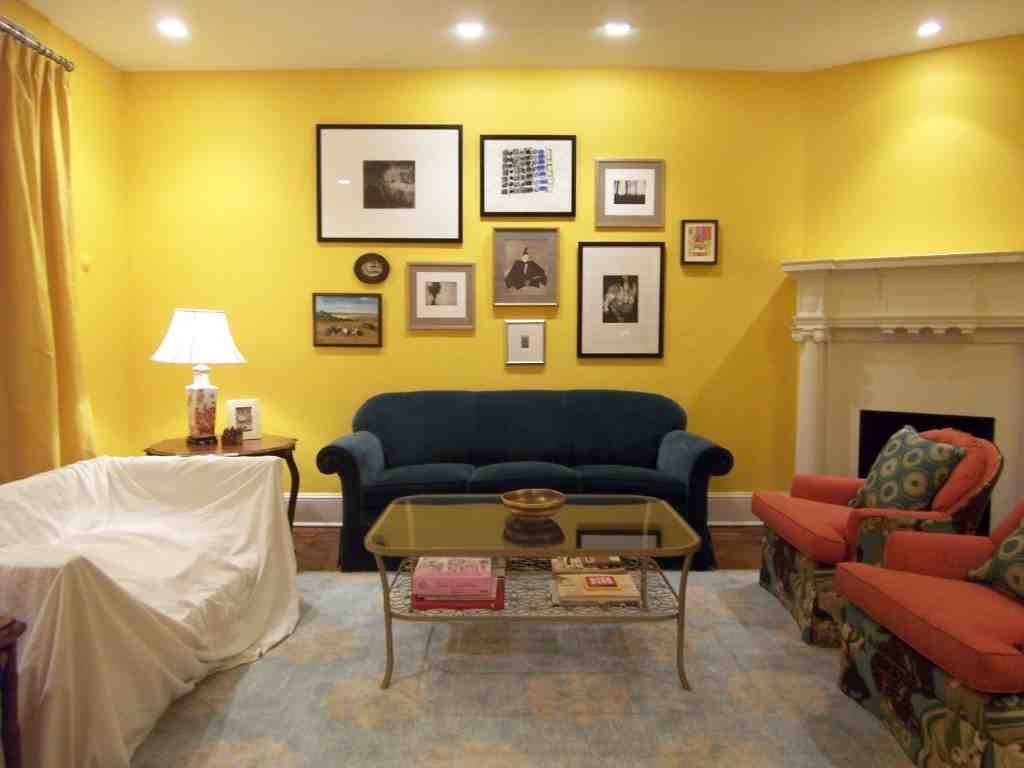 In addition to the color of your walls and decor, lighting plays a crucial role in making a smaller living room feel spacious.
Natural light is the best way to open up a room, so make sure to keep windows unobstructed and use sheer curtains to let in as much light as possible.
You can also incorporate different layers of lighting, such as ambient, task, and accent lighting, to create a warm and inviting atmosphere.
In addition to the color of your walls and decor, lighting plays a crucial role in making a smaller living room feel spacious.
Natural light is the best way to open up a room, so make sure to keep windows unobstructed and use sheer curtains to let in as much light as possible.
You can also incorporate different layers of lighting, such as ambient, task, and accent lighting, to create a warm and inviting atmosphere.
Conclusion
 In summary, when it comes to choosing the right color for a smaller living room, light and bright is the way to go.
By using a light color palette, incorporating a monochromatic scheme, and paying attention to lighting, you can create a spacious and inviting living room that will make the most of your limited space.
Remember to experiment and have fun with color, and don't be afraid to get creative in your design choices. With these tips, you can transform your smaller living room into a cozy and stylish space that you'll love spending time in.
In summary, when it comes to choosing the right color for a smaller living room, light and bright is the way to go.
By using a light color palette, incorporating a monochromatic scheme, and paying attention to lighting, you can create a spacious and inviting living room that will make the most of your limited space.
Remember to experiment and have fun with color, and don't be afraid to get creative in your design choices. With these tips, you can transform your smaller living room into a cozy and stylish space that you'll love spending time in.

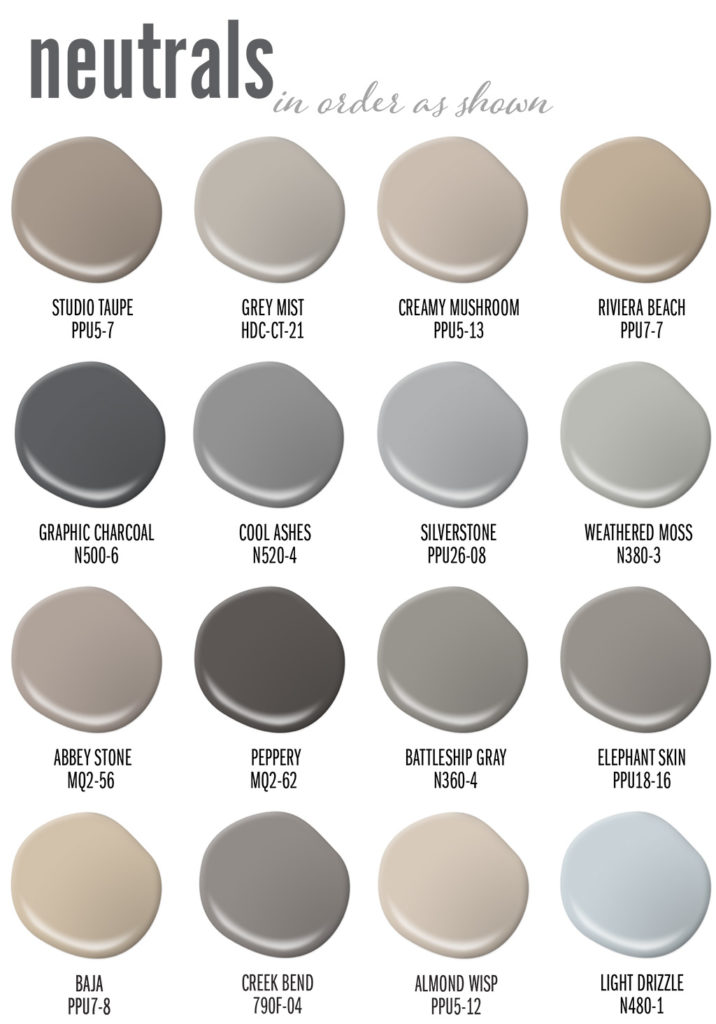

:max_bytes(150000):strip_icc()/what-is-a-neutral-color-1973822-03-3fab8b5a361d49638d3de1cbaf579a22.jpg)

/Lee-Edwards-Getty-Images-56a5ae653df78cf7728968ec.jpg)

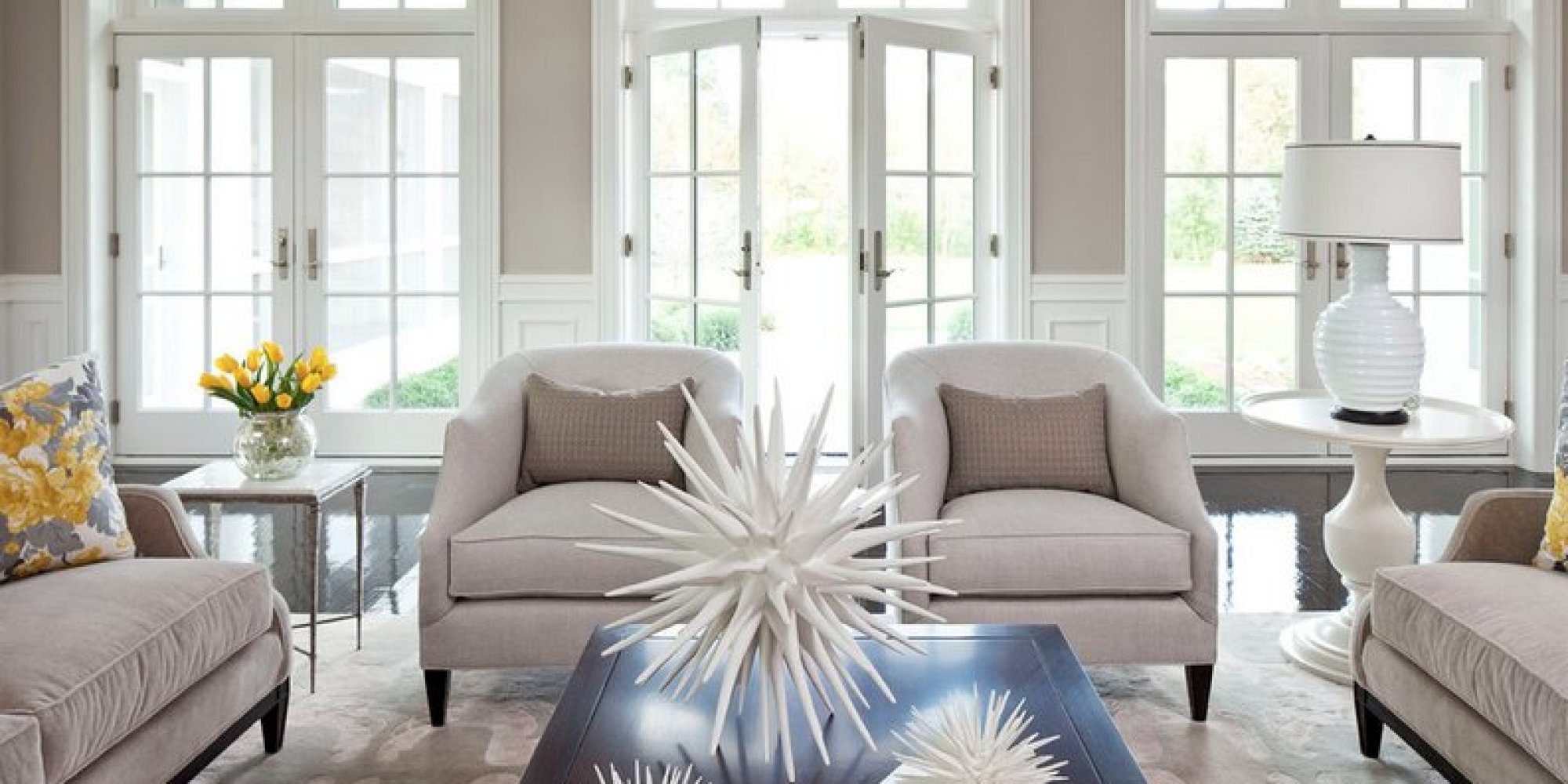
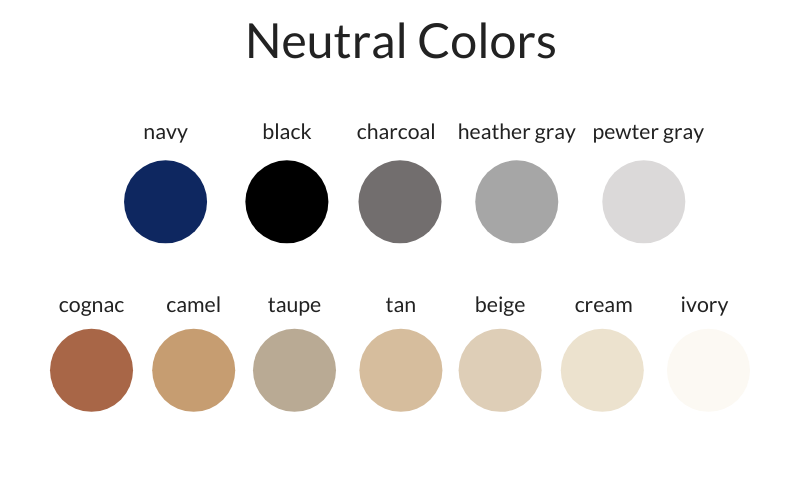
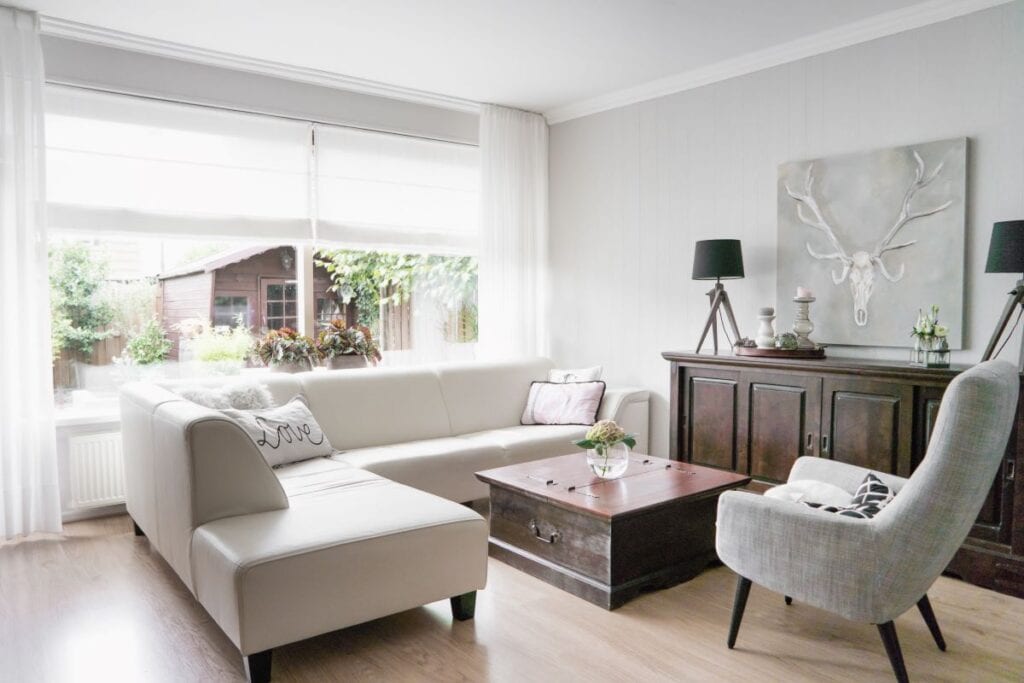
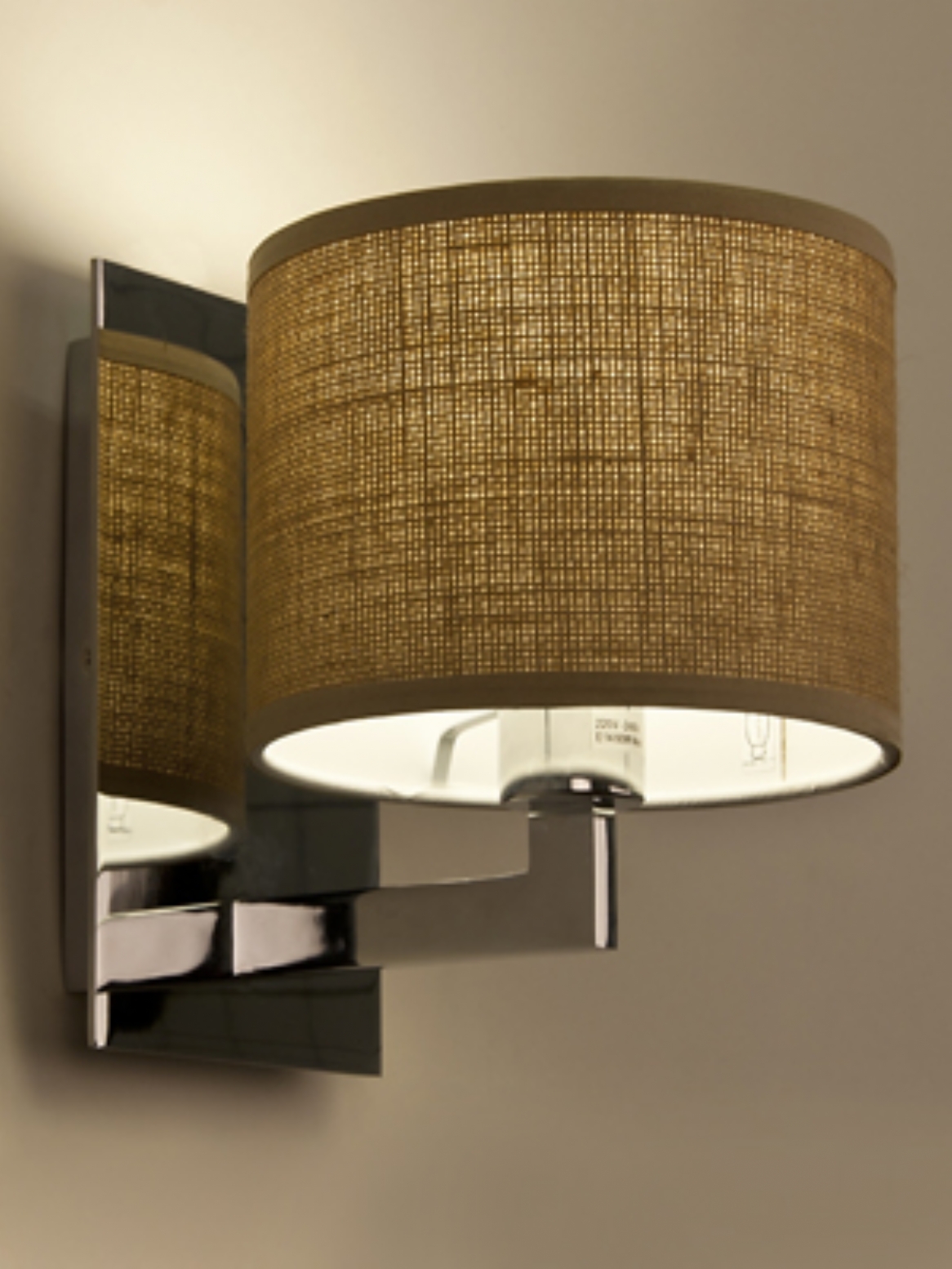
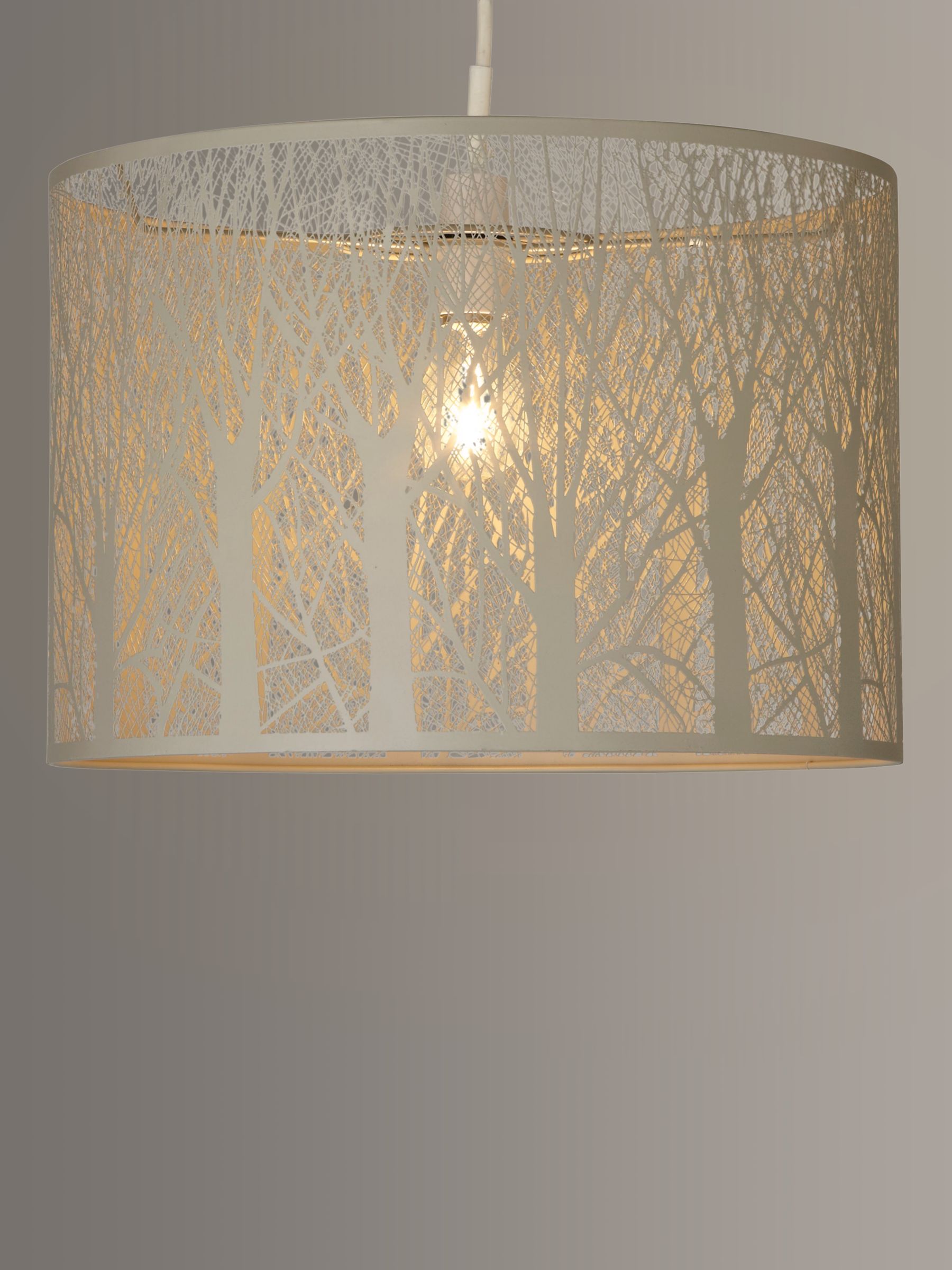

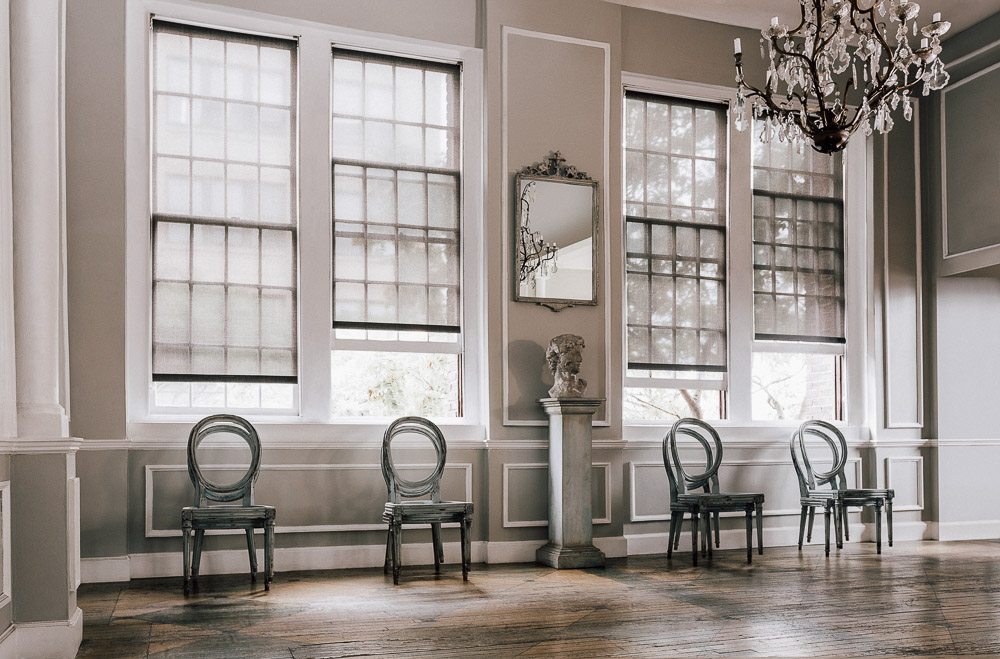
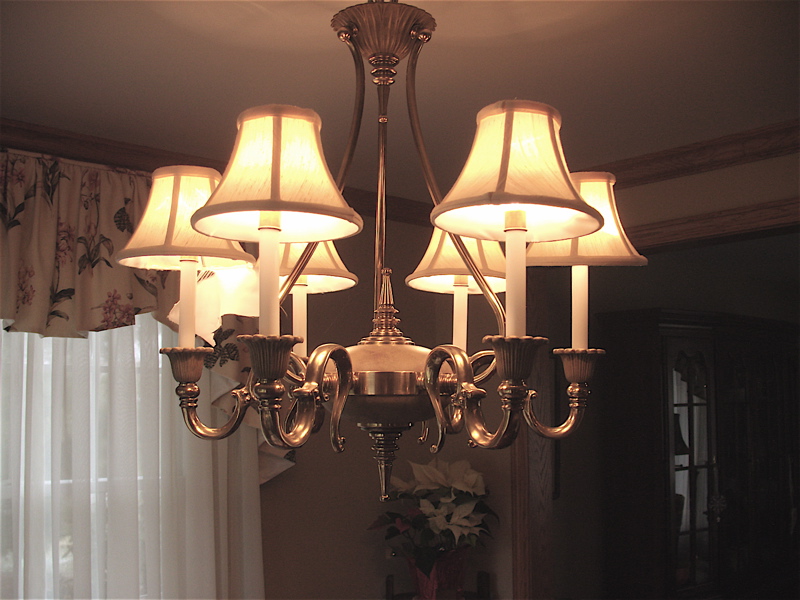
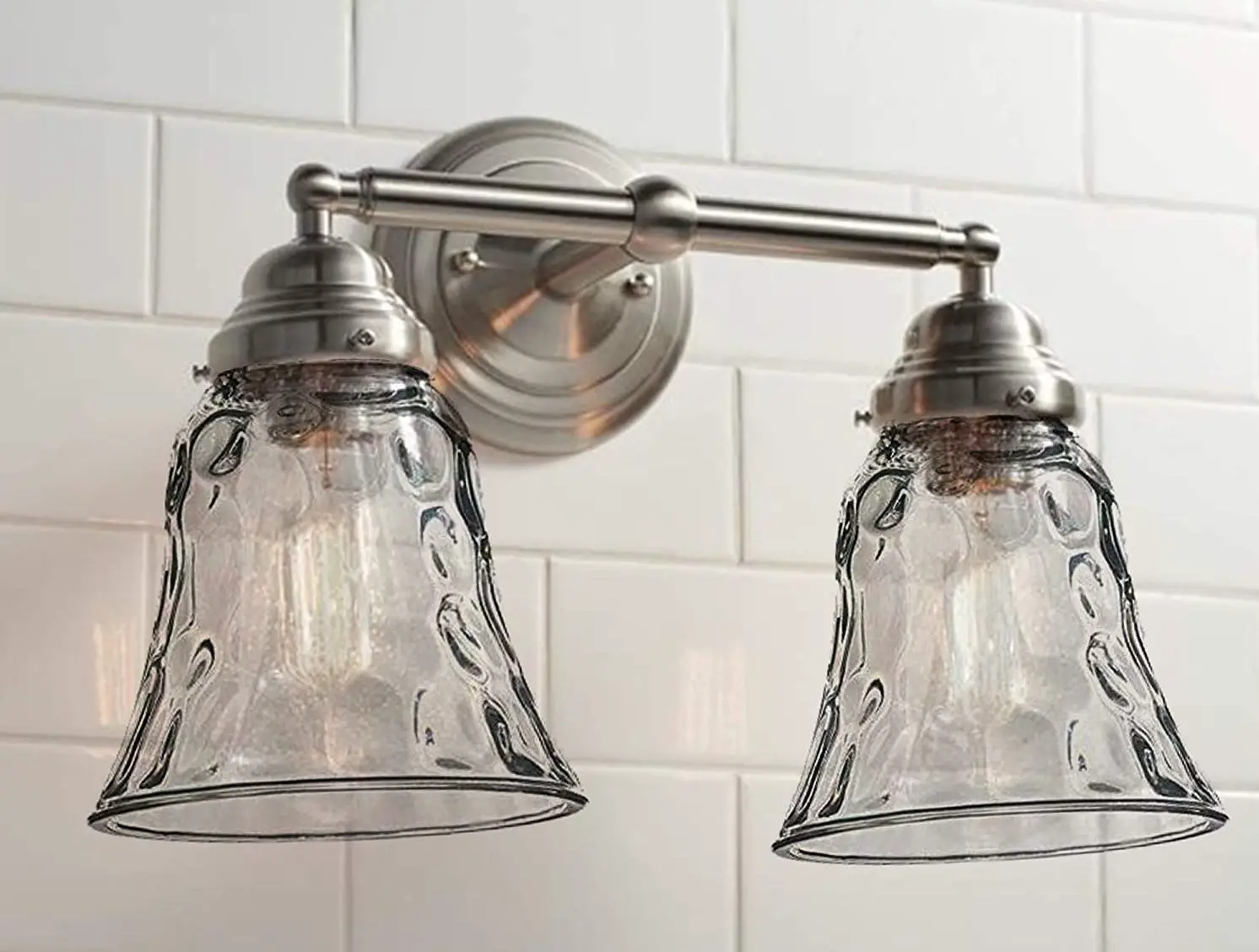




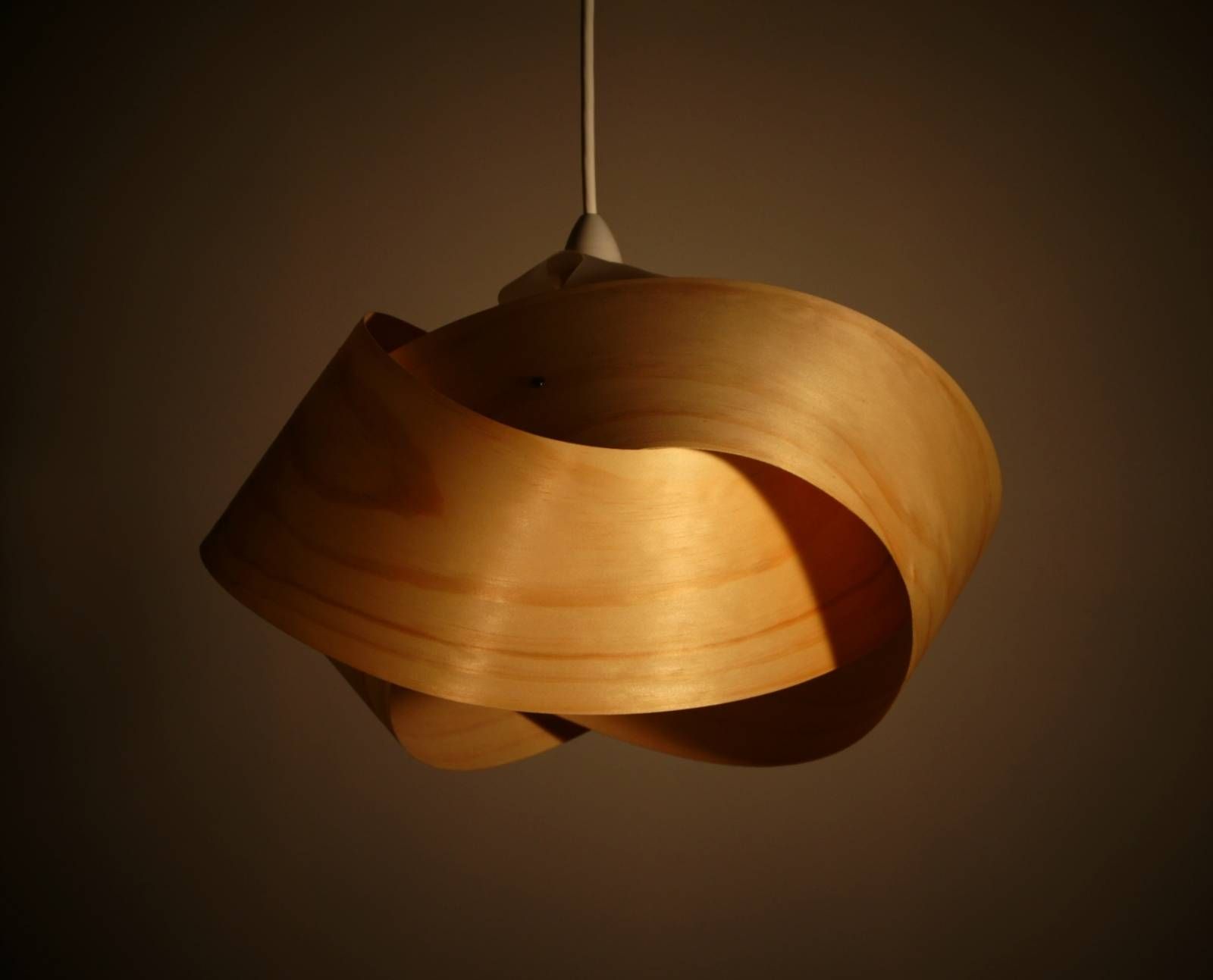






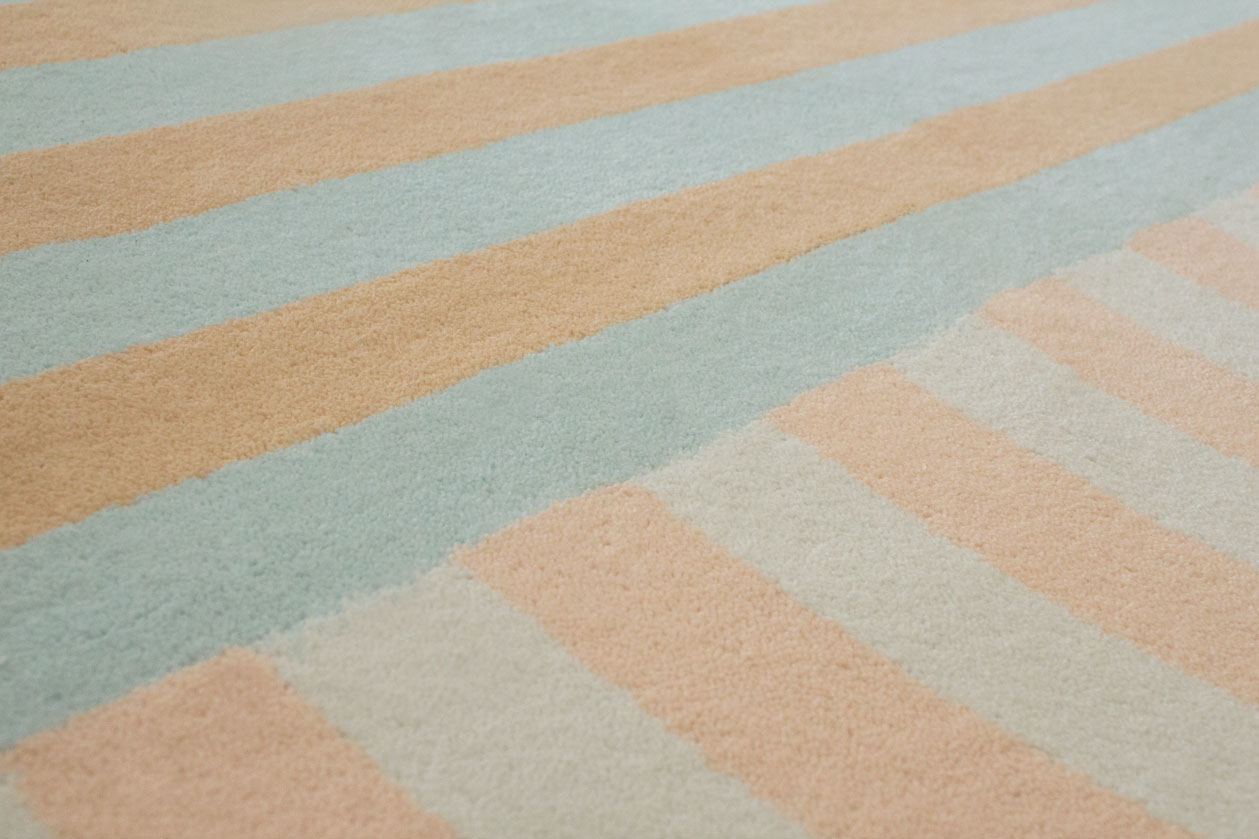










.jpg)
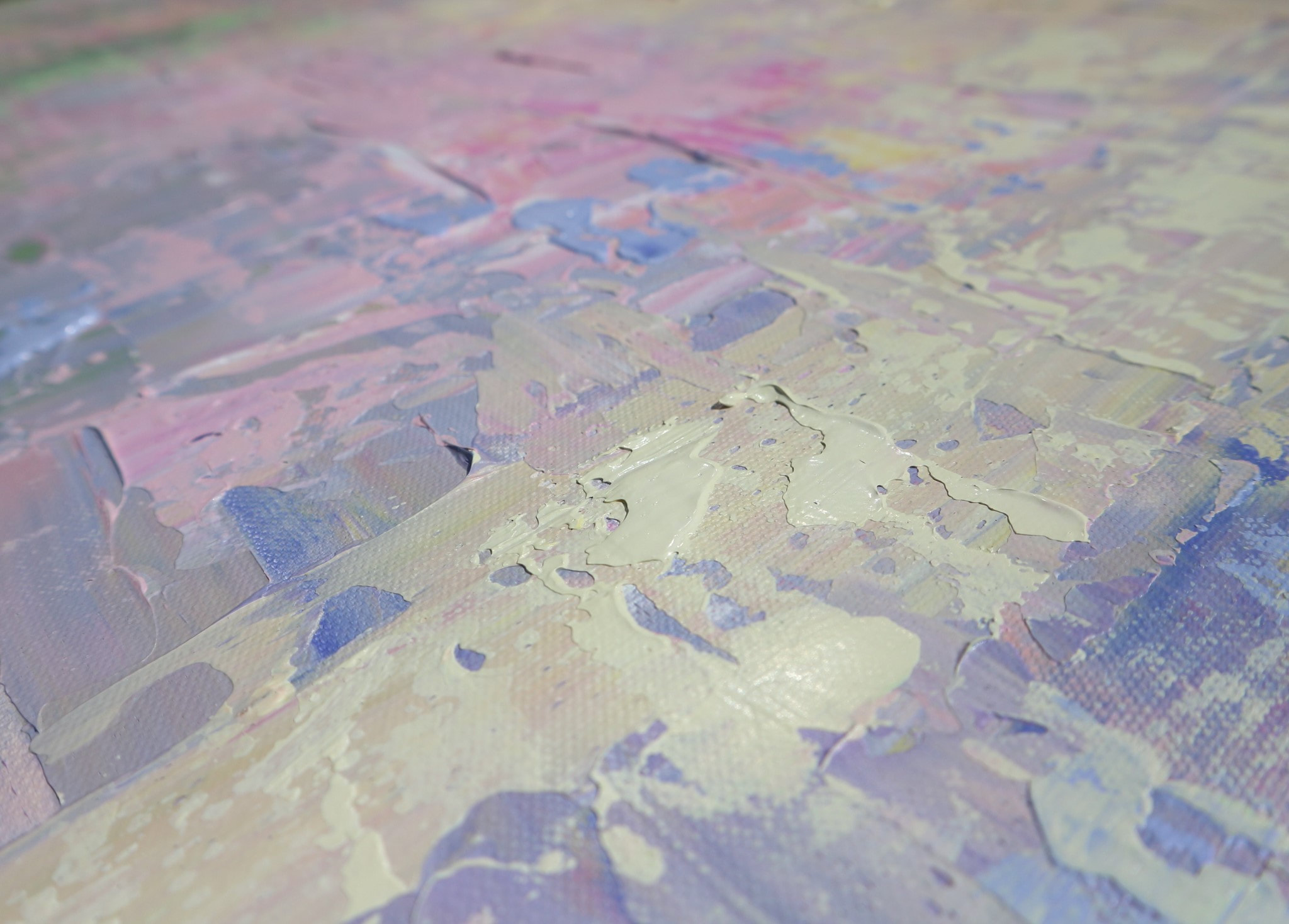
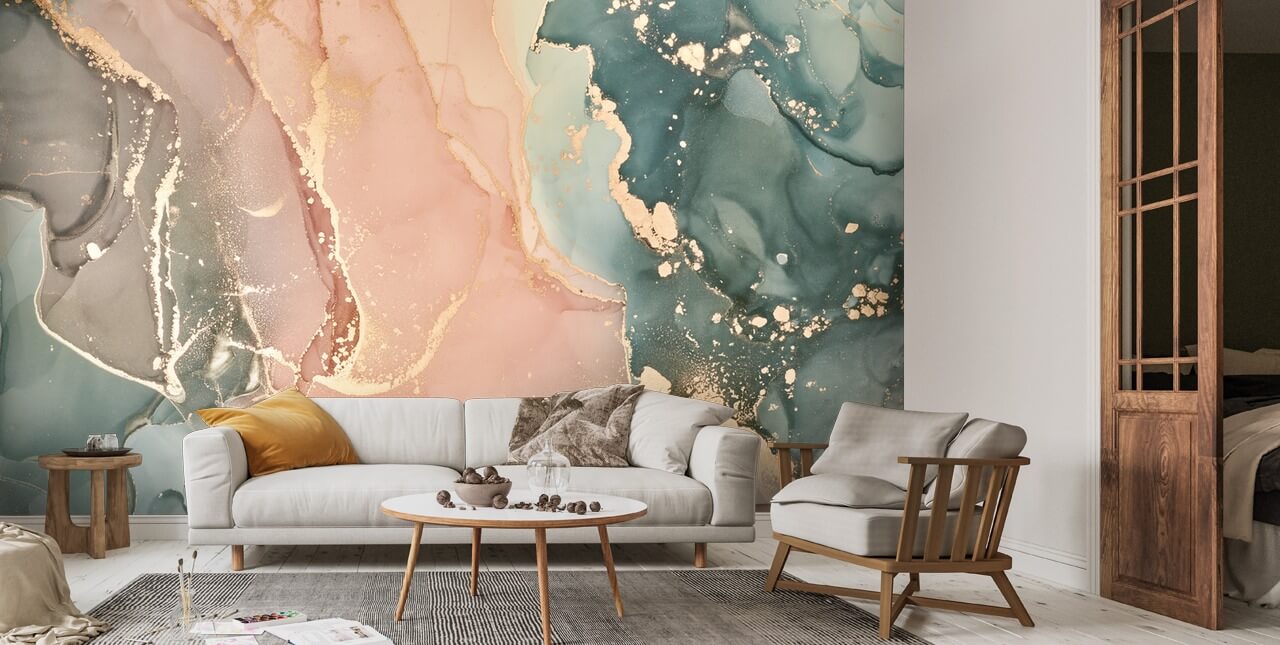




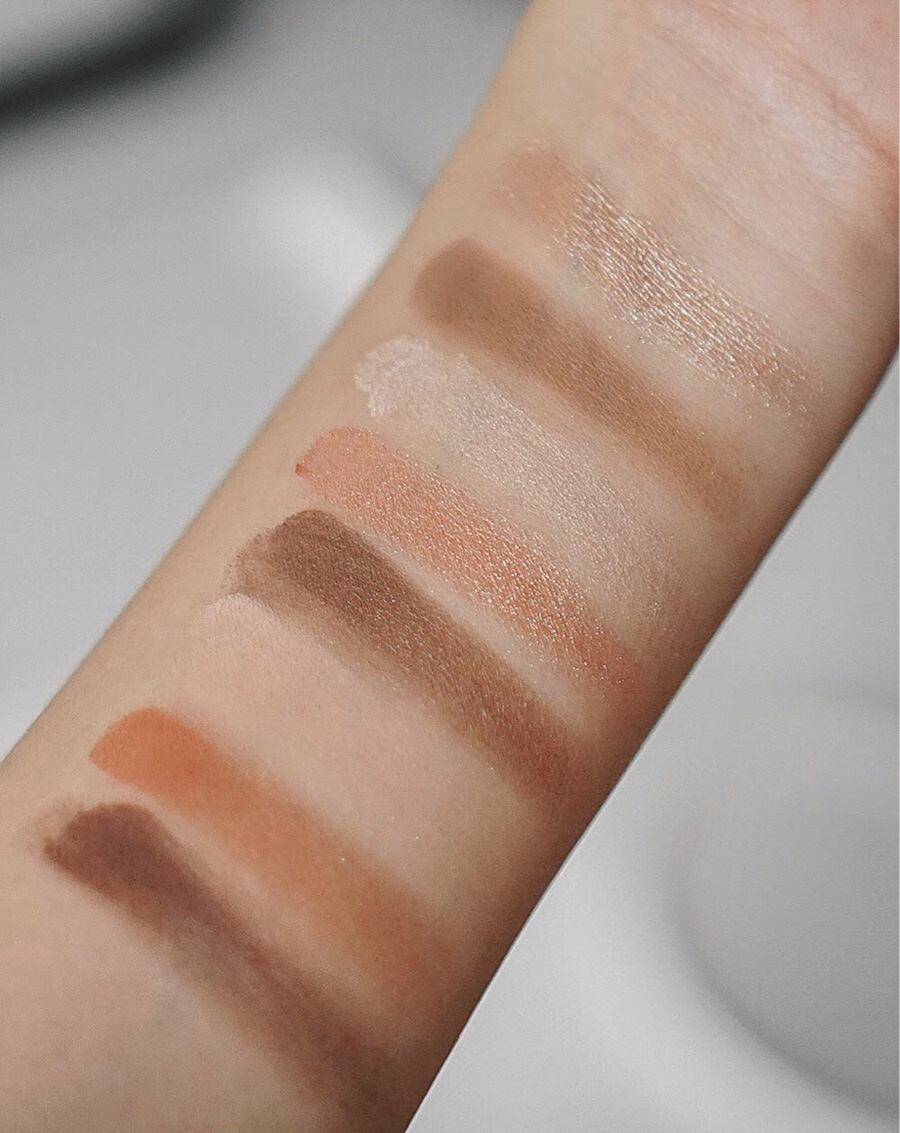
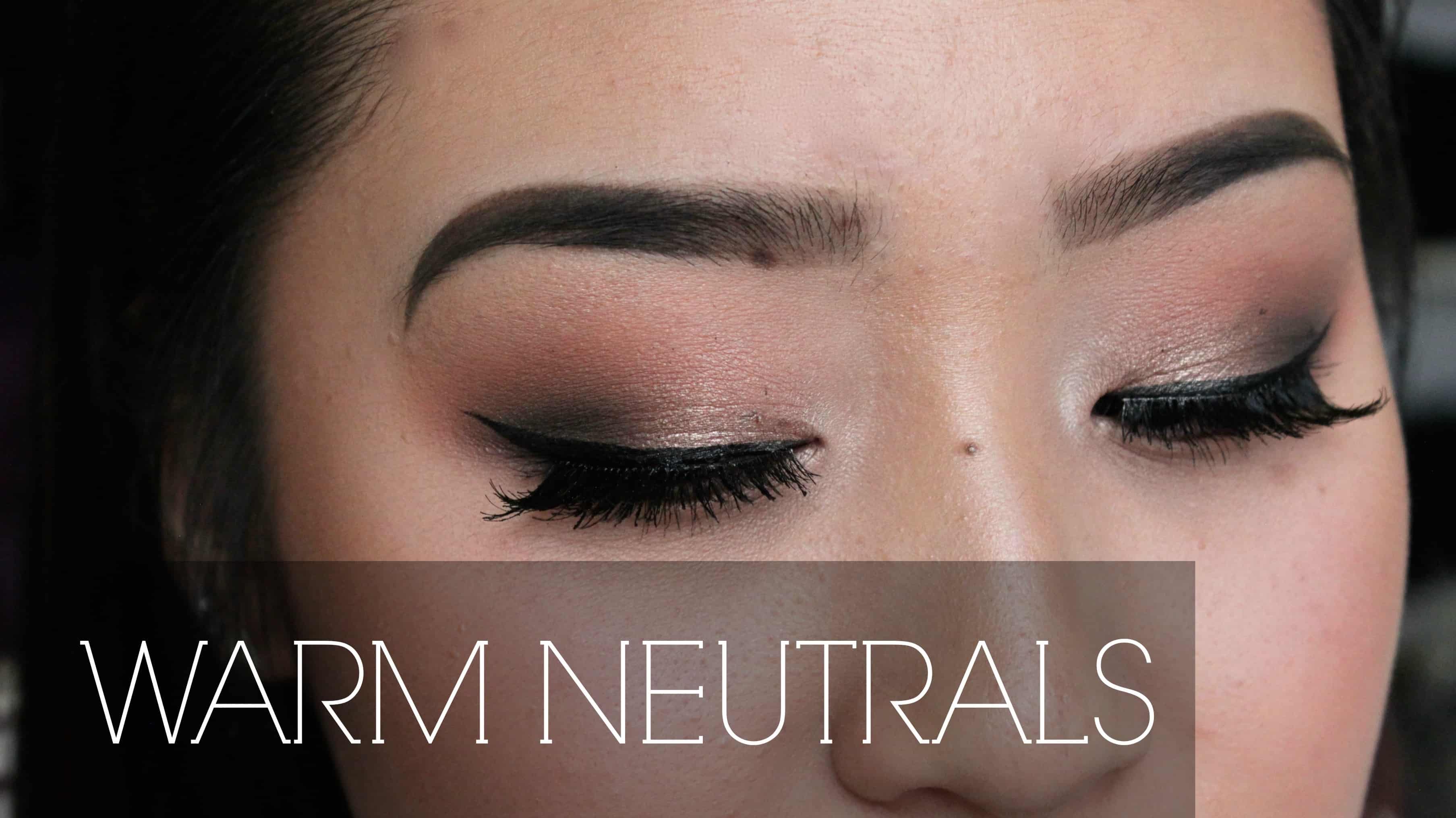
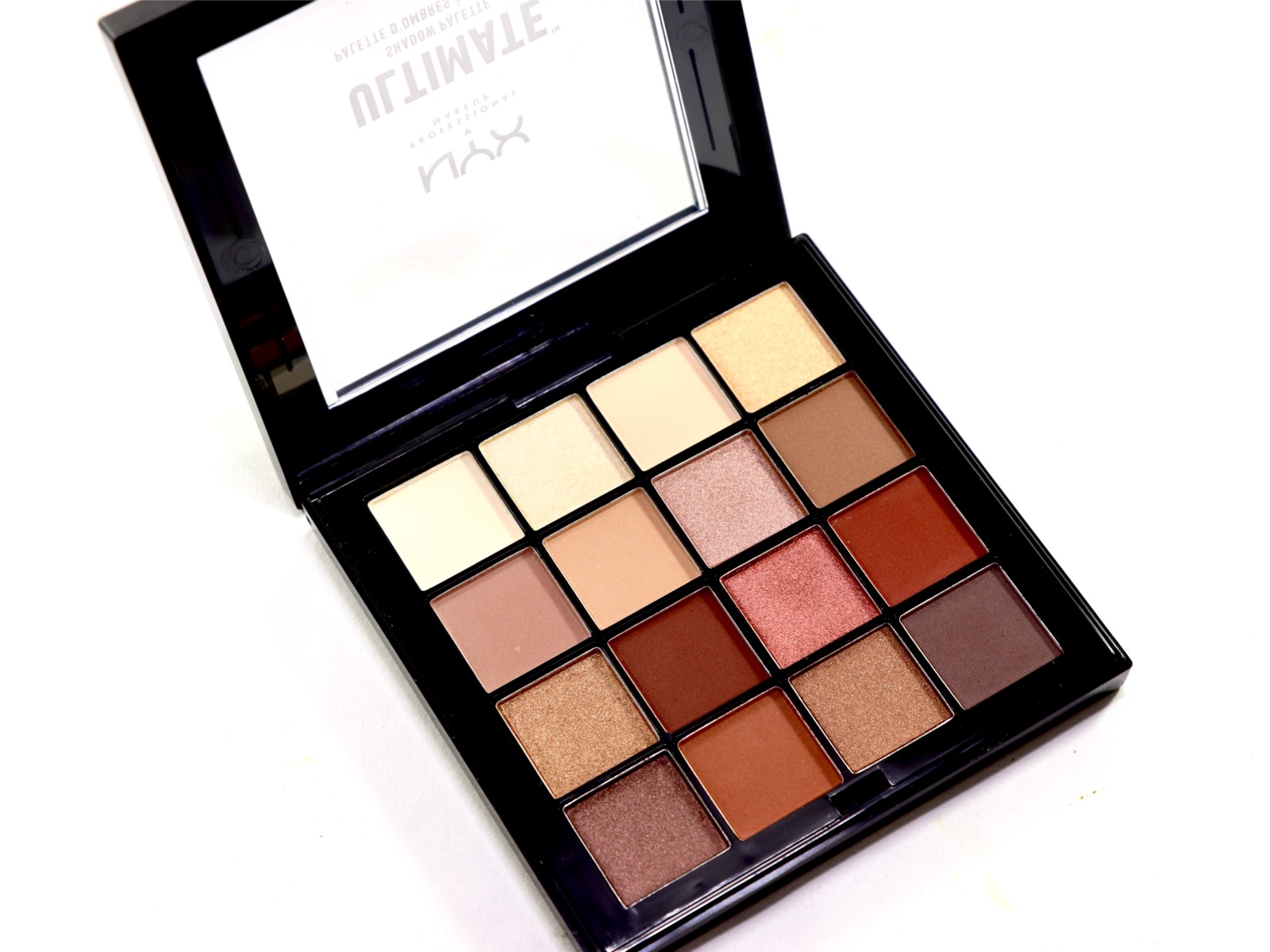

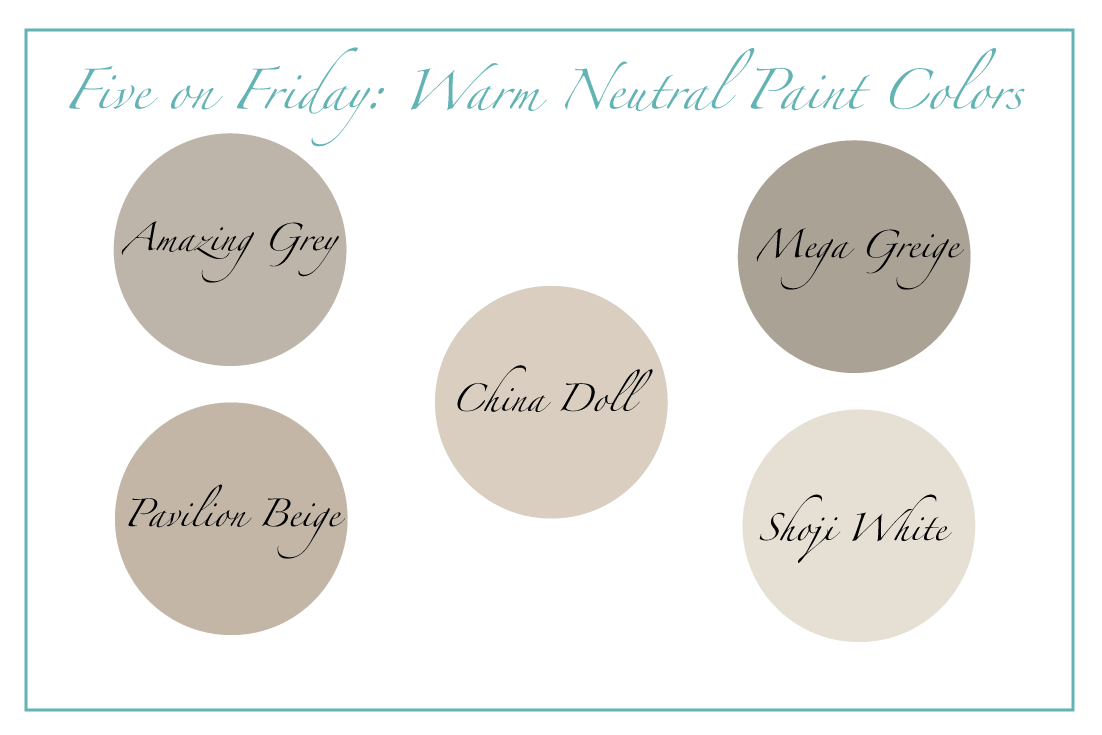


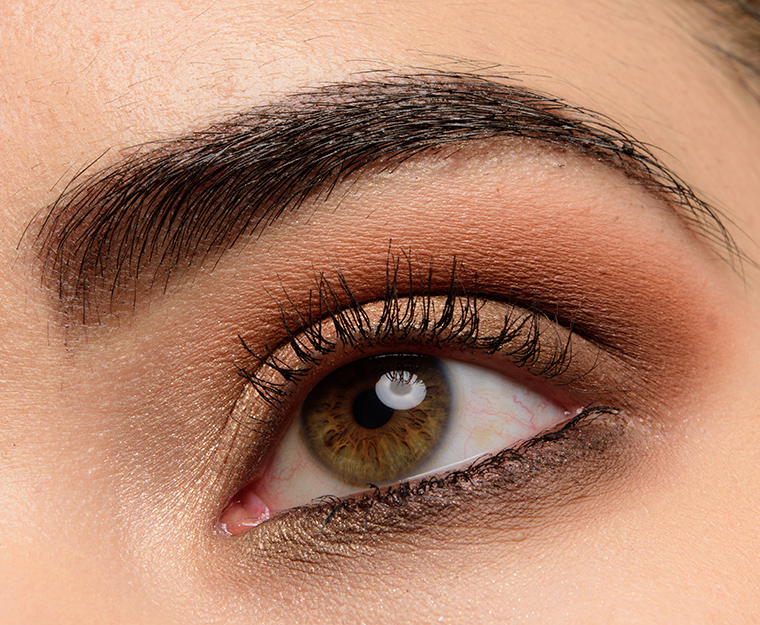


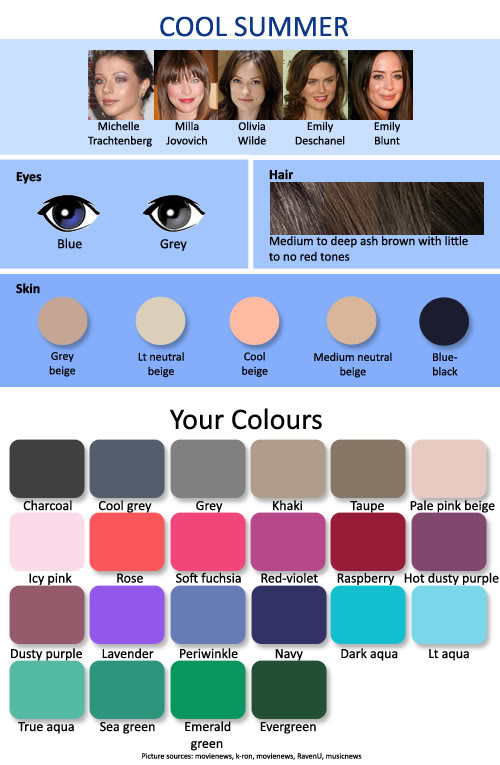




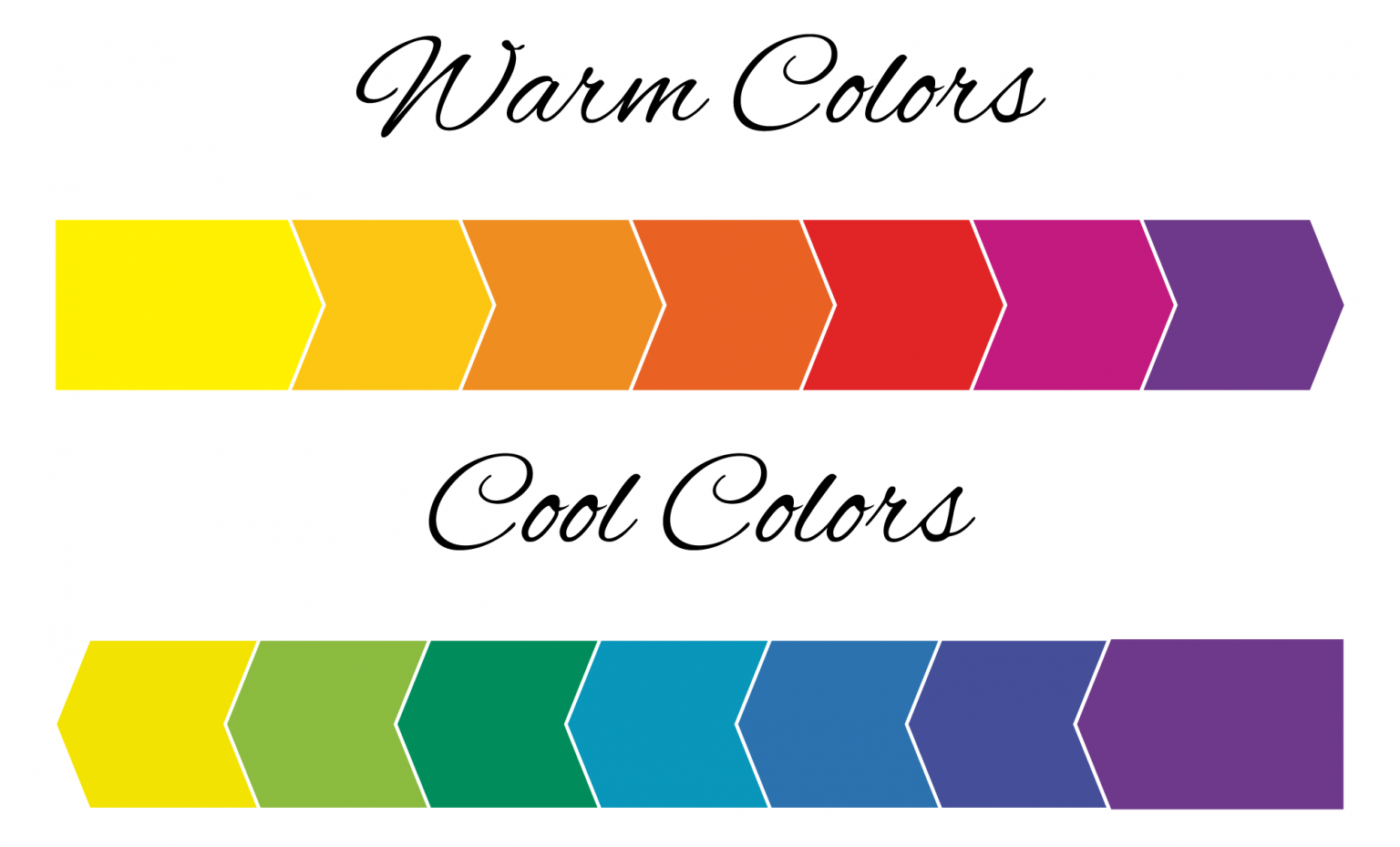















:max_bytes(150000):strip_icc()/beige-color-pairing-ideas-3-becca-interiors-project-x-00275dcc416342e686470c095c844af0.jpeg)




/beige-color-meanings-1073959-c246a295c72341149b5b90c47f3904c1.png)





/cdn.vox-cdn.com/uploads/chorus_asset/file/7743987/menlo_park12.jpg)
























